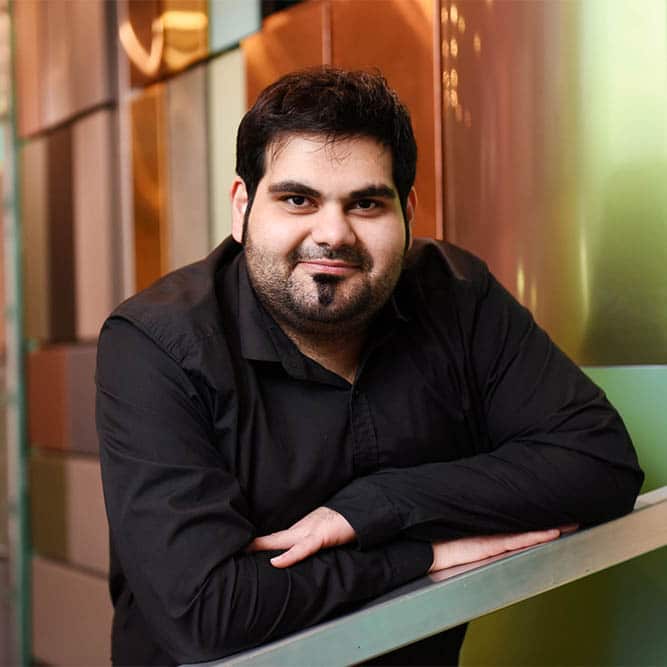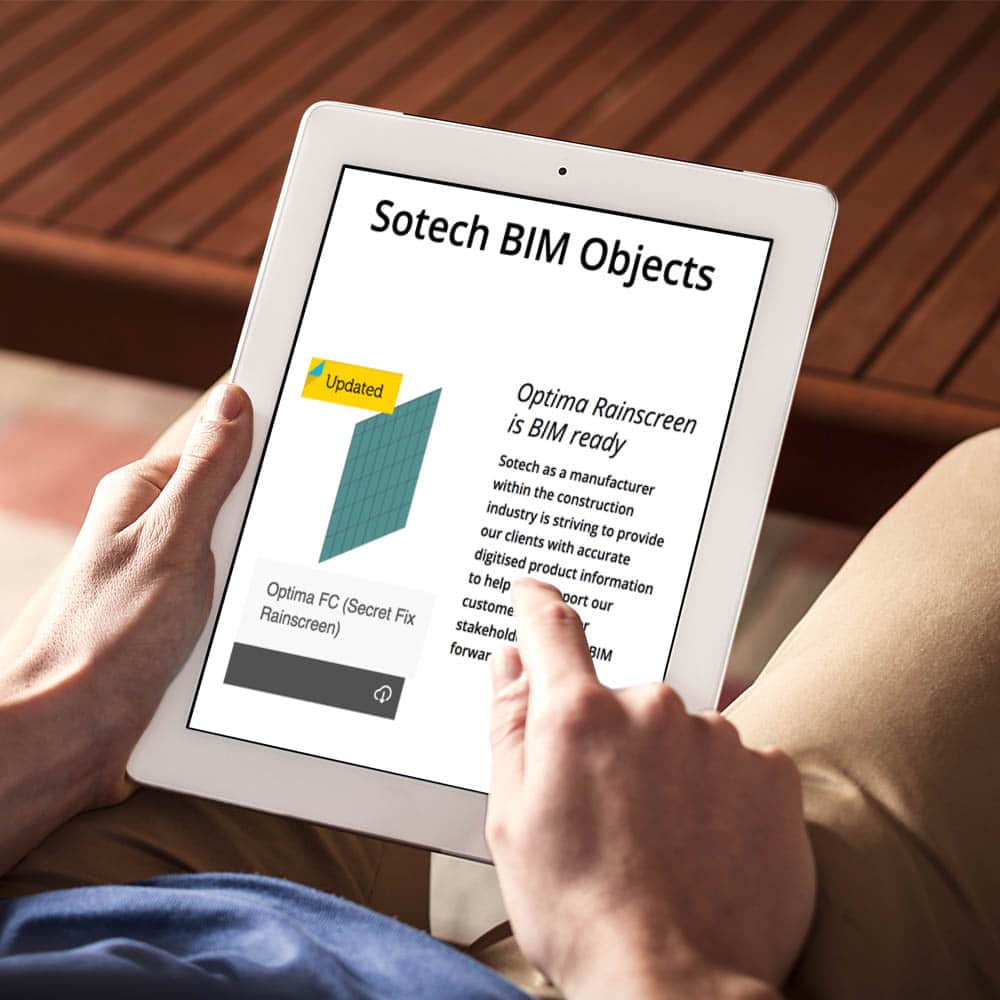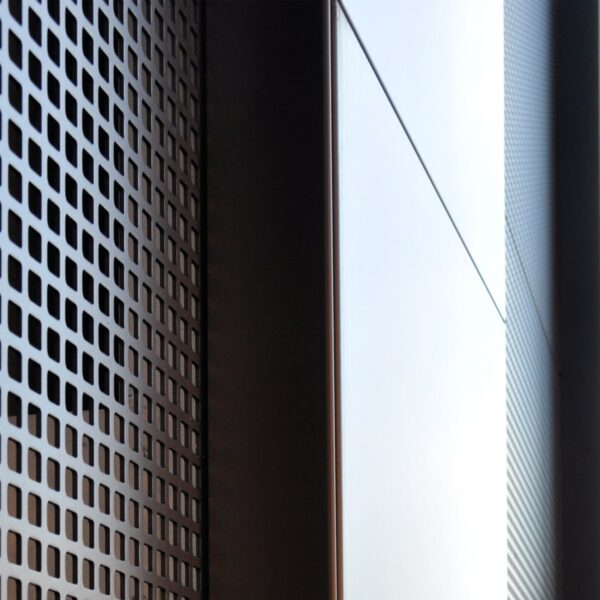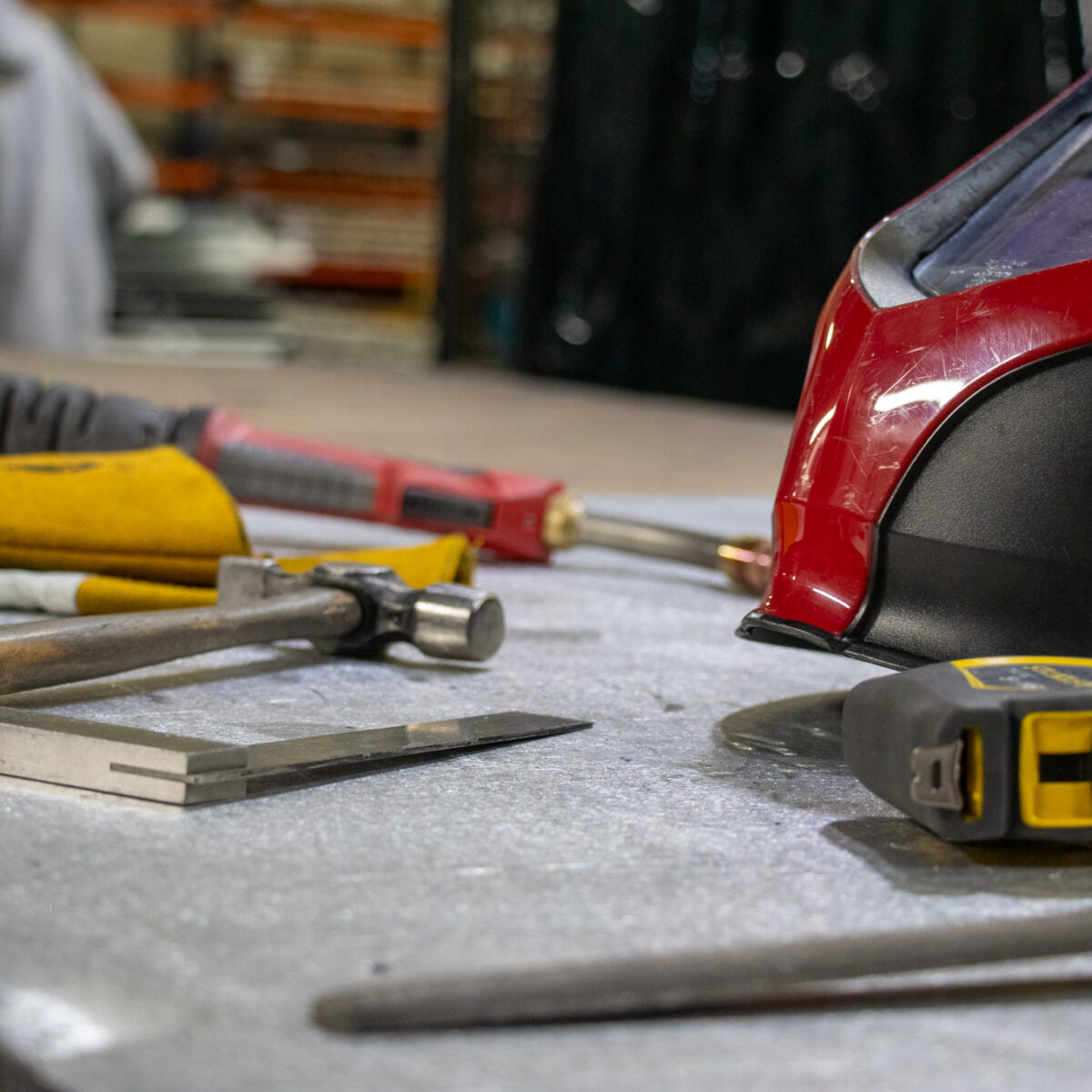 BIM is a technological advancement set to revolutionise the construction industry. Here, we explore BIM, the benefits it can provide and how it will affect architects, installers and manufacturers alike.
BIM is a technological advancement set to revolutionise the construction industry. Here, we explore BIM, the benefits it can provide and how it will affect architects, installers and manufacturers alike.
We interviewed Mohamadreza Jenaban (Mo), a Design for Manufacture / BIM Engineer at Sotech and our resident BIM expert, to find out more.
Mohamad used to be a KTP (Knowledge Transfer Partnership) associate from Teesside University. Part of his role was to investigate and integrate BIM and ERP. He worked within Sotech and with the university to gather knowledge and bring it into the industry, identify problem areas and try and find solutions from there.
Q: How would you sum up the definition of BIM?
Mo:
BIM is an acronym for Building Information Modelling. It describes the process of designing a building collaboratively using coherent system of computer 3D models all the way to maintaining and decommissioning of the building (Capex to Opex). Think of BIM as “Better Information Management” or “To Build Information for Model”.
BIM is used to digitalise information flow and processes within the construction sector. I believe it is more of a cultural and behavioural change to adopt BIM than technology and other relevant aspects.
We have used 3D models before BIM; so what makes BIM different to any other 3D model?
Mo:
As I mentioned previously, think of BIM as to build information for 3D models. BIM models are generated using parametric modelling technique with the existence of relevant meta data.
How do you think BIM fits in with the Sotech manufacturing process specifically?
Mo:
BIM can help us to abolish most non-value added activities through our drawing office where parts are prepared for manufacture.
It provides us with the opportunity to make our internal processes more efficient with increased accuracy and greater transparency. BIM also enhance collaboration among project stakeholders, thereby it helps to reduce waste (procurement, process and material) across the entire supply chain.
Can we also help the architect with their role by using BIM?
Mo:
Sotech as manufacturer can assist architects in adaptation of BIM by providing accurate product information such as system specification documents as well as intelligent 3D models with all the essential meta data. Therefore, not only does the architects have no more restricted to available standard parts in the library of their design software, but also, they are not required to spend non-value added time and effort to generate project specific objects to represent a specialised manufacturer’s product in the architectural model.
BIM promotes parametric modelling. This technique allows the architect to see our rainscreen cladding systems on their building with the click of a button.
What’s the difference between the four levels of BIM?
Mo:
Level 0 is unmanaged CAD with paper based data exchange. It is the next level of generating 2D hand drawings.
Level 1 is the combination of managed 2D and unmanaged 3D modelling.
Level 2 is managed 3D modelling environment where models are generated and kept separately by various contractors and then shared in a shared location called Common Data Environment CDE.
Level 3 foresees a fully integrated and collaborative project information model hosted in a fully established and interoperable database environment called CDE to form the federated model where all members of the project team can update various aspects of the project in real time via the federated model.
What would be the effects of BIM on sustainability and the environment?
Mo:
BIM enables the specifiers to select environmental friendly products based on the product’s environmental properties. We have to remember that it is not sufficient to solely specify green products, we also need to make sure what gets specified is what gets used in the construction phase.
coBuilder’s project “Green Construction Products into BIM” will facilitate the integration of digital format of product environmental properties data into BIM in order to track the movement and utilisation of all products from design to operation.
How would you think the BIM technology would influence the future of the construction industry?
Mo:
Future of the construction industry is digitisation. Therefore, methodologies such as Building Information Modelling or Industry 4.0 are the enablers of rapid digital transformation. BIM and concept of industry 4.0 are the drivers for forming smart cities and digital Britain.
The UK Government’s Construction 2025 states: “Industrial Strategy for Construction is targeting lower costs, faster delivery, lower emissions and improvements in exports to position the UK at the forefront of international construction.”
Digital Built Britain states: “Digital Built Britain facilitates collaboration in the development of assets and infrastructure, new opportunities will be enabled for suppliers to offer new technologies and new ways of using information to facilitate access to infrastructure. In time new business models will emerge, transforming the structure of the construction industry, creating the need for new skills and substantially reducing costs. This will lead to the continued transformation of the infrastructure and construction delivery, operation and associated supply chains to lead the UK into developing new markets overseas based on the new skills and technologies. With this process in mind, it is helpful to define the scale of the market opportunities around delivery phases:
- Level 3 A Enabling improvements in the Level 2 model
- Level 3B Enabling new technologies and systems
- Level 3C Enabling the development of new business models
- Level 3D Capitalising on world leadership
Have you got a specific question?
If you have any questions regarding BIM, please contact Mo on mj@sotech-optima.co.uk
If you’d like to speak to a technical expert about your project, contact our team on 0191 587 9213 or email technical@sotech-optima.co.uk.





![[WORK IN PROGRESS] BOURNEMOUTH UNIVERSITY GATEWAY BUILDING](https://sotech-optima.co.uk/wp-content/uploads/2019/09/BOURNEMOUTH-Uni-3-600x600.jpg)
 No downloads in list yet.
No downloads in list yet.